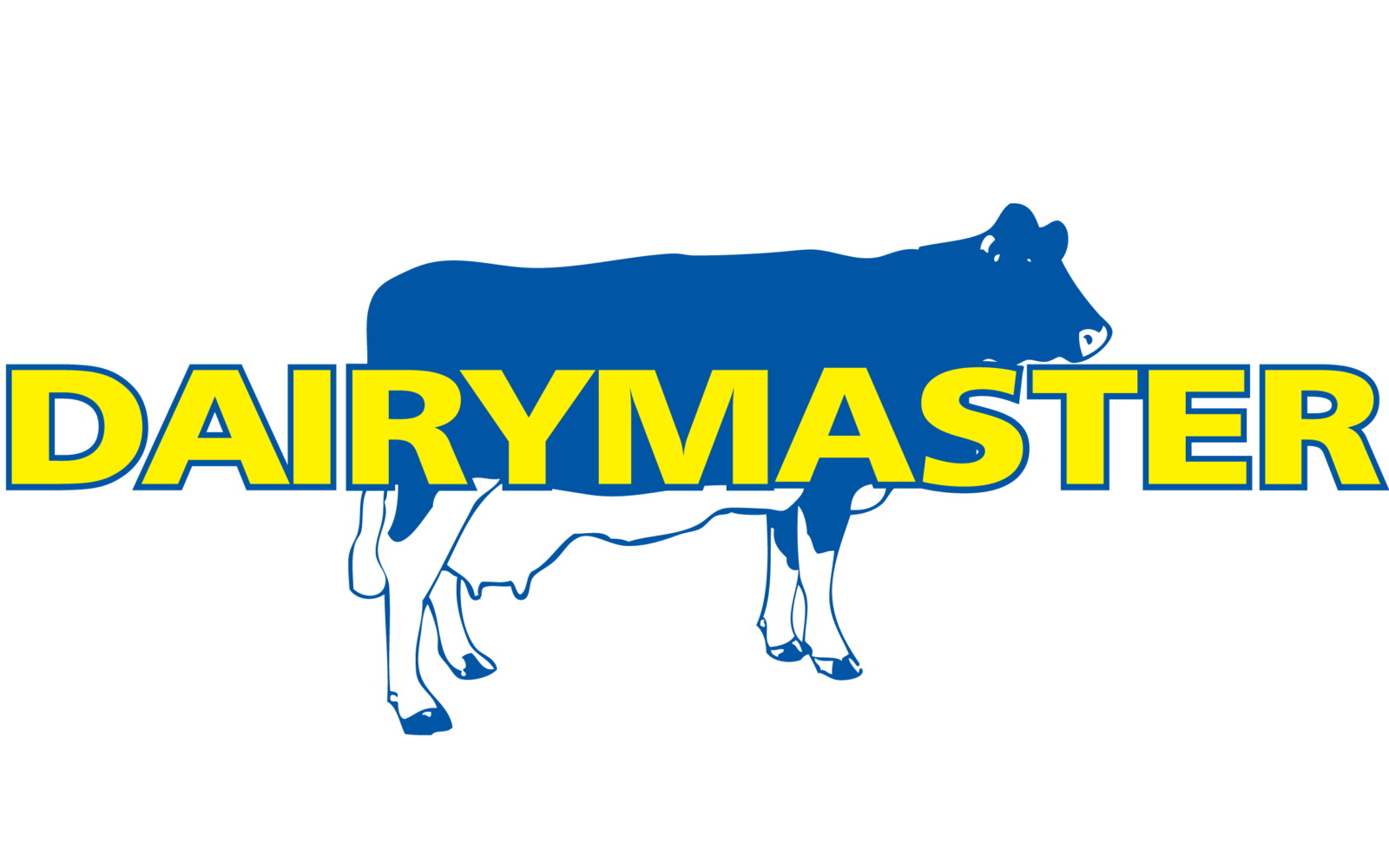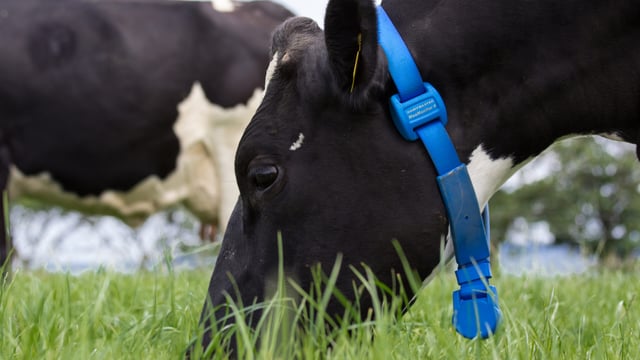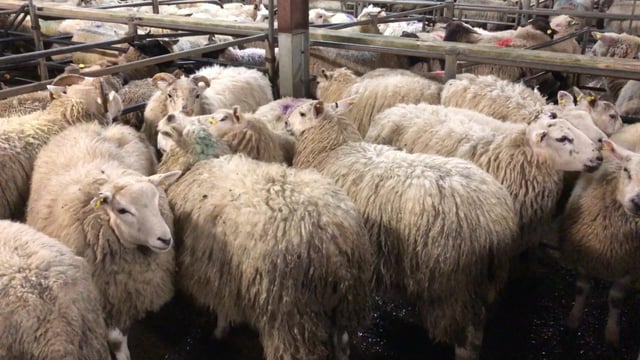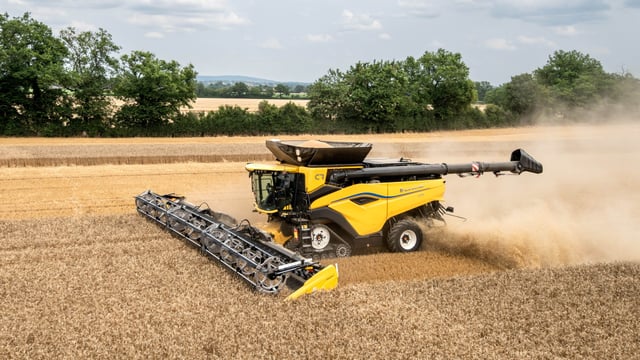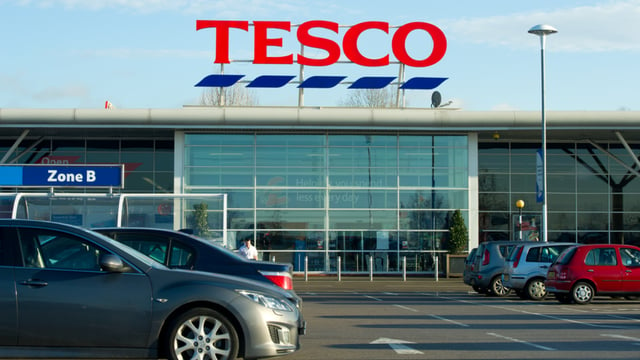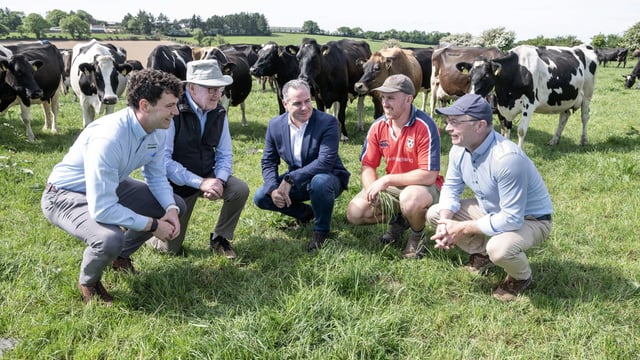What's causing the unforeseen calf price surge this year?
The unprecedented calf price surge this year has come as a surprise and, with prices continuing to strengthen as the year progresses, many are wondering - what has caused this trend?
At the start of 2025, the average price for an Angus bull calf under three weeks-of-age was €246. In the week ending Sunday, May 18, the average price for these calves had increased to €413 - a price increase of 68%.
The average price for Friesian bull calves of the same age increased from €155 to €272 in this time - a 75% rise, according to the official Irish Cattle Breeding Federation (ICBF) calf price data for dairy-dam calves traded at marts.
The obvious attributing factor is the recent surge in beef prices with Irish factory quotes for steers (bullocks) increasing from €5.60/kg on the grid in the first week of January to €7.50/kg on Monday, May 26.
This has naturally caused a rise in the prices paid for all types of cattle, and anecdotal conversations with mart managers and farmers countrywide would suggest more farmers are opting to rear calves this year as a result of store cattle prices having increased so much.
Mart managers are also observing calf exporters outbidding farmers for calves - even at the current prices - indicating a continued strong export demand for calves also.
At some calf sales in the past week, up to 90% of the calves were bought by calf exporters with Friesian bull calves being bid to as high as €460, according to some auctioneers.
This would suggest that the export demand for Irish calves is also a key factor currently driving up the prices being paid.
Figures from the Department of Agriculture, Food and the Marine (DAFM) show that as of Sunday, May 11, almost 170,000 calves have been exported this year - up 15% on the same time of last year and the highest on record with data available for the past nine years.
As of May 5, 2025, Irish calf exports to Poland have more than doubled to 17,300 from the 8,300 Irish calves exported there in the same time period of last year.
Calf exports to key markets such as The Netherlands and Spain have also increased compared to last year.
Another interesting trend evolving on calf exports has been that the number of heifer calves exported in the first 18 weeks of this year has also more than doubled when compared to last year.
35,500 heifer calves were exported in the first 18 weeks of this year up from the 16,300 heifer calves exported in the same time period last year. To put these figures into context, in the first 18 weeks of 2017, only 1,200 heifer calves were exported.
According to DAFM, the increase in female calf exports consists largely of beef-sired heifer calves to The Netherlands, Spain, and Poland with no major change in exports of male calves.
So while domestic farmer demand is playing a part in rising calf prices, export buyer activity also a key factor in the calf price surge.




